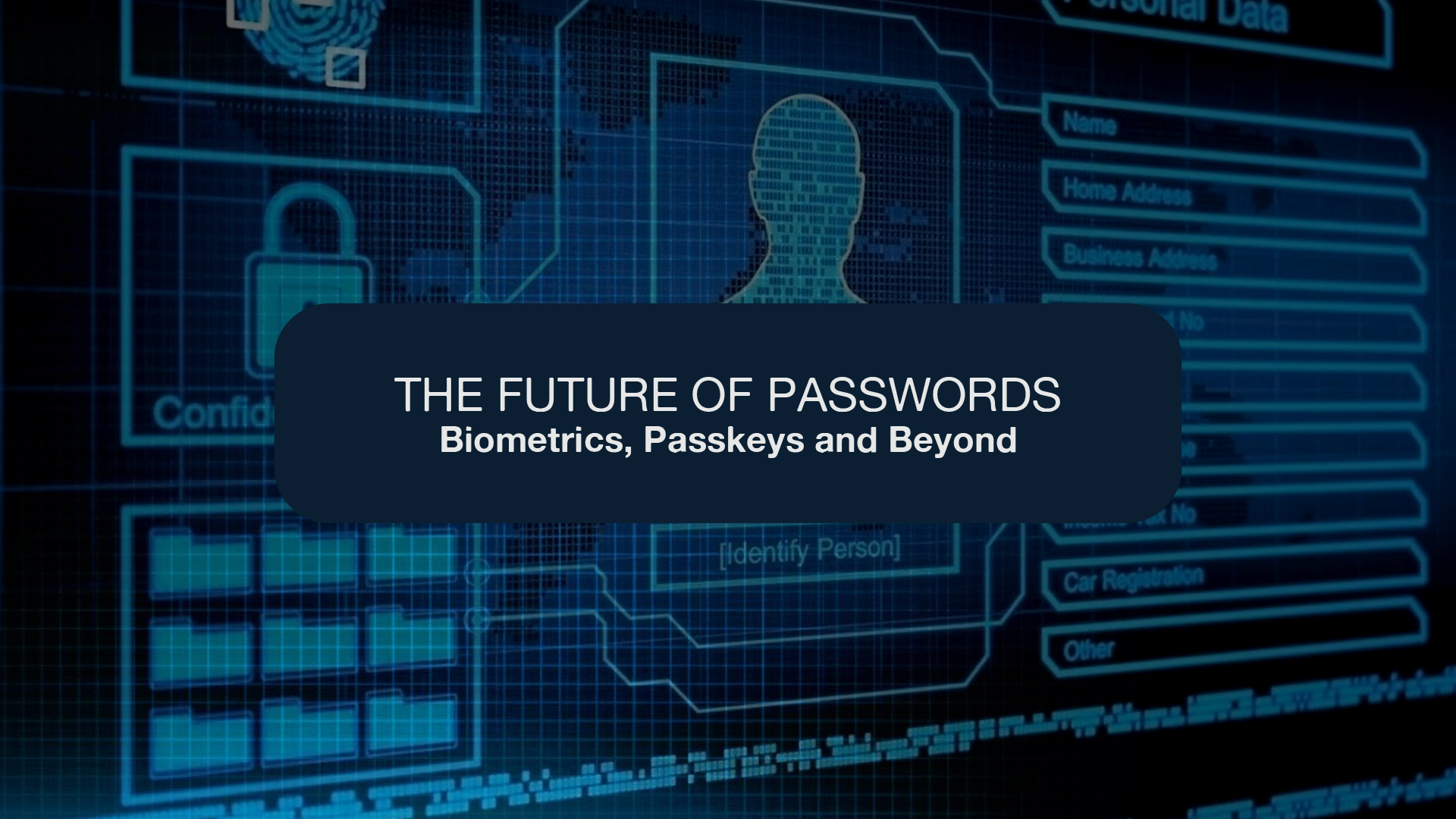How Hackers Monetize Your Data on the Dark Web
Your personal data has a price, and on the dark web, it's always for sale. This hidden part of the internet serves as a marketplace where hackers and cybercriminals trade stolen information. The data you share online, from social media profiles to financial details, can be packaged and sold to the highest bidder. Understanding how this process works is the first step toward safeguarding your personal and business information from exploitation.
This post will explain the methods hackers use to steal your data, what types of information are most valuable, and how they convert that data into profit. By understanding the lifecycle of stolen data, you can better implement the security measures necessary to protect yourself and your organization from the significant consequences of a data breach.
Data Collection: How Hackers Steal Your Information
Before data can be sold, it must be stolen. Cybercriminals employ several proven methods to acquire sensitive information from individuals and businesses. These tactics are often designed to be subtle, catching unsuspecting victims off guard.
Phishing
Phishing is a deceptive technique where attackers pose as reputable entities, such as banks or well-known companies, to trick individuals into revealing sensitive information. This is typically done through fraudulent emails, text messages, or websites that look legitimate. The goal is to get you to willingly hand over credentials, financial details, or other personal data.
Malware
Malware, short for malicious software, is designed to infiltrate and damage computer systems without the owner's knowledge. Varieties like spyware can secretly record your keystrokes to capture passwords and credit card numbers, while ransomware can lock up your files until a payment is made. Malware is often distributed through malicious downloads, email attachments, or infected websites.
Data Breaches
Large-scale data breaches occur when hackers exploit vulnerabilities in a company's security systems to access its user database. These attacks can expose the personal information of millions of customers at once, including names, email addresses, passwords, and other sensitive data stored by the organization.
What's for Sale? Types of Data on the Dark Web
Not all data is created equal in the eyes of a cybercriminal. Certain categories of information are more valuable because they offer a direct path to financial gain or other malicious activities.
- Credentials: Usernames and passwords for email accounts, social media, and online banking are highly sought after. They can be used to take over accounts, send spam, or steal further information.
- Financial Data: Credit card numbers, bank account details, and online payment service information (like PayPal logs) are among the most lucrative items. This data can be used to make fraudulent purchases or drain accounts.
- Personal Identification Information (PII): This includes names, addresses, dates of birth, Social Security numbers, and driver's license numbers. PII is the foundation of identity theft, allowing criminals to open new accounts or file fraudulent tax returns in your name.
- Medical Records: Health information is valuable because it can be used for insurance fraud or to blackmail individuals. These records contain a wealth of personal data that is difficult to change, making them a permanent liability if stolen.
The Monetization Process: Turning Data into Cash
Once stolen data is acquired, hackers use various strategies to convert it into financial profit. The methods range from direct sales to more complex fraudulent schemes.
Direct Sales on Dark Web Marketplaces
The most straightforward method is selling data on specialized marketplaces on the dark web. These platforms function like illicit versions of eBay, where data is listed, priced, and sold. Information is often bundled into lists, with prices varying based on the type and quality of the data. For example, a complete set of personal and financial details will command a higher price than a simple list of email addresses.
Fraudulent Activities
Stolen data is the fuel for a wide range of fraudulent activities. Cybercriminals can use financial information to make unauthorized purchases online or create counterfeit credit cards. With enough personal information, they can commit identity theft, opening new lines of credit, applying for loans, or accessing government benefits in the victim's name.
Extortion and Ransomware
In some cases, hackers use sensitive data for extortion. They may threaten to release compromising information publicly unless a ransom is paid, a practice often targeting high-profile individuals or businesses. Ransomware attacks also fall under this category, where criminals encrypt a victim's files and demand payment for the decryption key.
Botnets and DDoS Attacks
Compromised devices can be roped into a network of "zombie" computers known as a botnet. Hackers can rent out access to this botnet to other criminals, who then use it to carry out large-scale Distributed Denial of Service (DDoS) attacks. These attacks overwhelm a target's servers with traffic, causing service disruptions that can be costly for businesses.
The Consequences for Victims
The impact of data monetization is severe for both individuals and businesses.
For individuals, the consequences include direct financial loss from drained bank accounts or fraudulent charges. Identity theft can lead to a damaged credit score and a lengthy, stressful recovery process. The emotional toll and reputational harm from exposed personal information can also be significant.
For businesses, a data breach leads to substantial financial costs, including regulatory fines, legal fees, and the expense of remediation. Reputational damage can erode customer trust and loyalty, resulting in lost revenue. In some cases, the legal repercussions of failing to protect customer data can be crippling.
How to Protect Your Data
While the threats are serious, you can take proactive steps to protect your information. Implementing robust security practices is essential for mitigating your risk.
- Use Strong, Unique Passwords: Create complex passwords for each of your online accounts. A password manager can help you generate and store them securely.
- Enable Two-Factor Authentication (2FA): 2FA adds a critical second layer of security, requiring a code from your phone in addition to your password.
- Be Wary of Phishing Attempts: Never click on suspicious links or download attachments from unknown senders. Verify the legitimacy of any request for personal information.
- Keep Software Updated: Regularly update your operating system, browser, and other software to patch security vulnerabilities.
- Monitor Your Accounts: Check your bank and credit card statements frequently for unauthorized activity and review your credit reports annually.
Take Control of Your Security
The monetization of stolen data is a sophisticated and profitable industry for cybercriminals. From the moment your information is compromised, it enters an underground economy where it is bought, sold, and exploited for illicit gain. The consequences for individuals and businesses are far-reaching, underscoring the necessity of a proactive security posture.
By understanding the methods hackers use and implementing strong defensive measures, you can significantly reduce your vulnerability. Take action today to secure your digital life. For businesses looking to fortify their defenses against sophisticated financial fraud, explore how Network Elites can provide the advanced protection your organization needs.
Frequently Asked Questions
- What is the dark web?
The dark web is a hidden part of the internet, accessible only with special software, that is often used for illegal activities.
- How do hackers steal data?
Hackers steal data through various methods, including phishing scams, malware infections, and large-scale data breaches.
- What types of data are sold on the dark web?
The most commonly sold data includes login credentials, financial information like credit card numbers, and personal identification details.
- What can happen if my data is stolen?
If your data is stolen, you could become a victim of financial loss, identity theft, or reputational damage.
- How can I protect my business?
Use strong passwords and enable two-factor authentication, and consider protecting your business with Network Elites.








